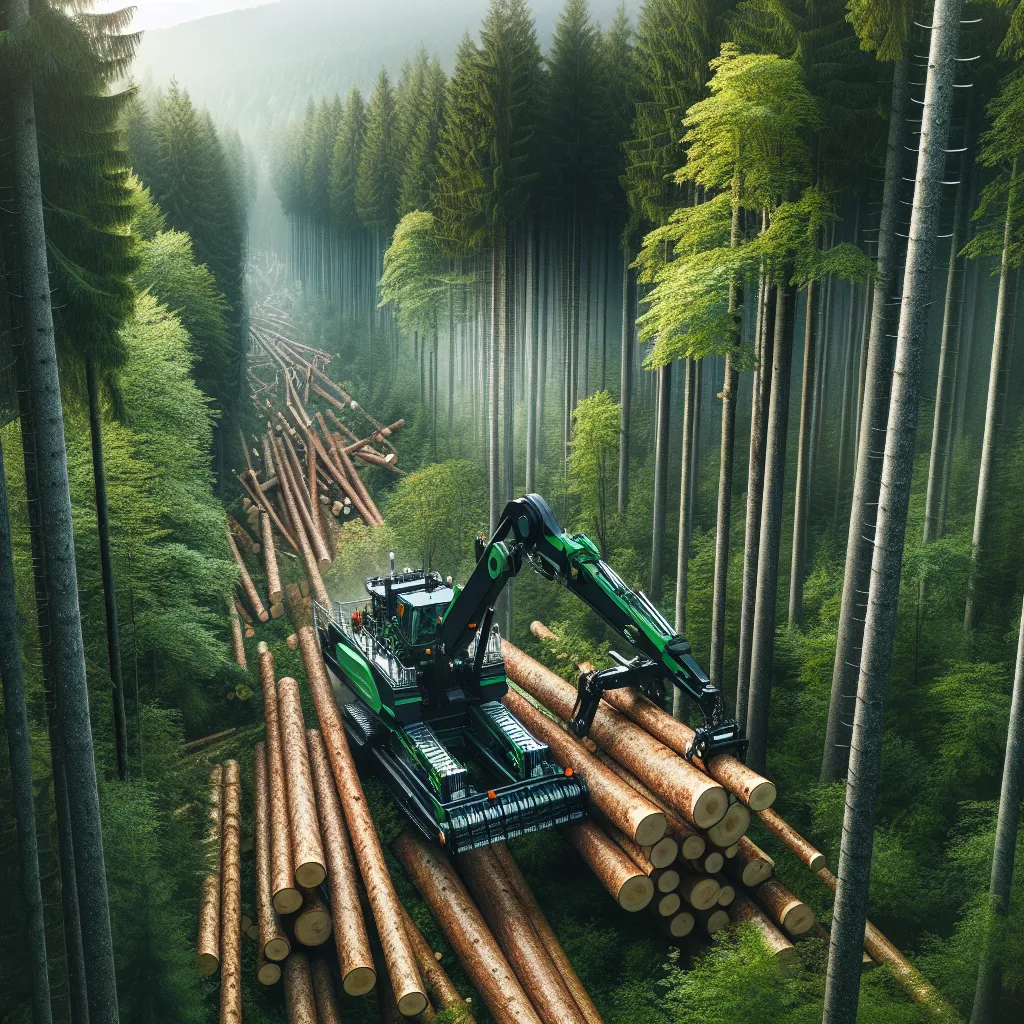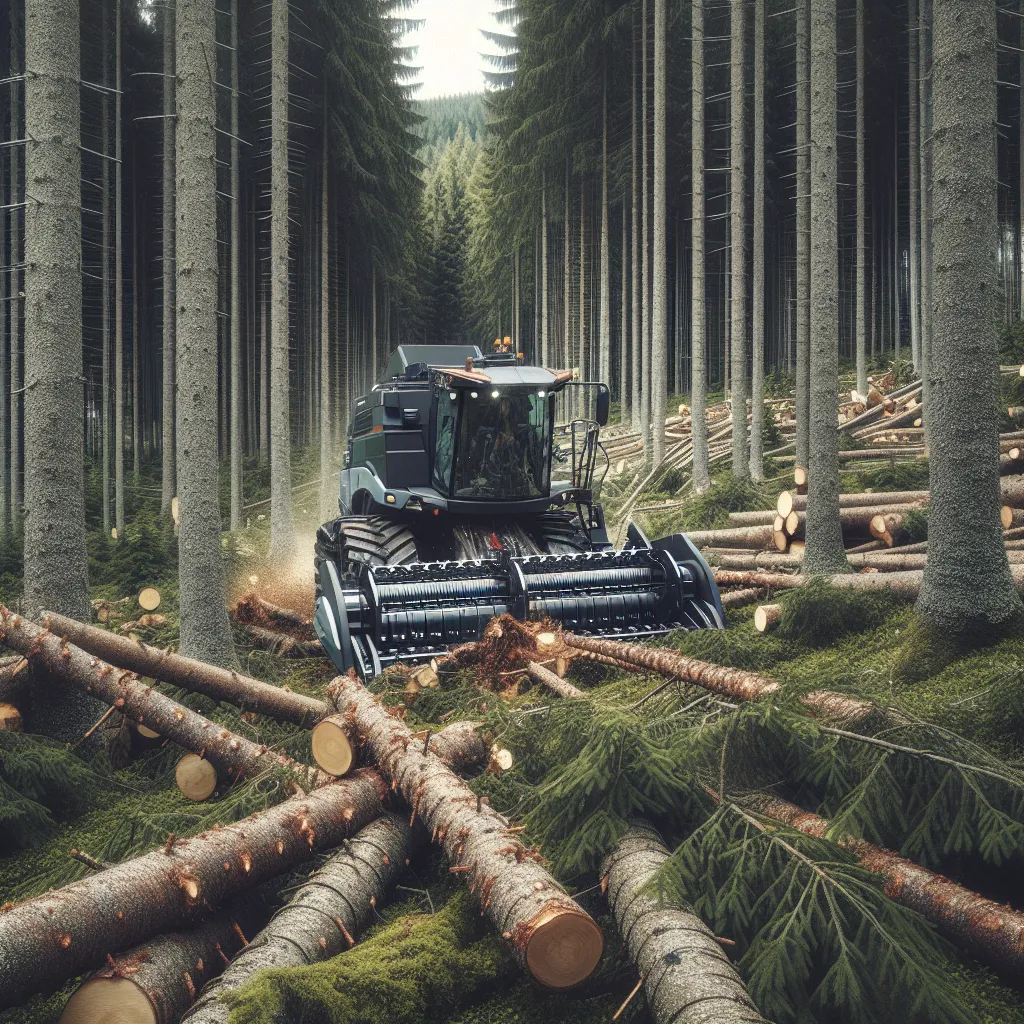The article “The Role of Tree Planting and Maintenance in Sustainable Forestry” emphasizes the pivotal role of tree planting and maintenance in maintaining the ecological balance of forests, preserving biodiversity, and mitigating climate change impacts through carbon sequestration. It underscores the importance of strategic tree planting and proper maintenance, such as monitoring for pests and diseases, as vital aspects of sustainable woodland management. Furthermore, the article stresses that responsible tree planting and maintenance are integral components of sustainable forestry practices, essential for securing the long-term health and productivity of forests. The second article, “Balancing Harvesting and Conservation in Woodland Management,” discusses the need for a harmonious equilibrium between forest resource utilization and ecosystem preservation. It emphasizes sustainable harvesting practices, conservation efforts, and the integration of modern technologies as crucial elements for achieving a balanced and sustainable approach to woodland management. Overall, both articles provide insightful perspectives on the crucial aspects of sustainable forestry and woodland management, making them essential reads for anyone interested in preserving and managing forest ecosystems.
Read More
















